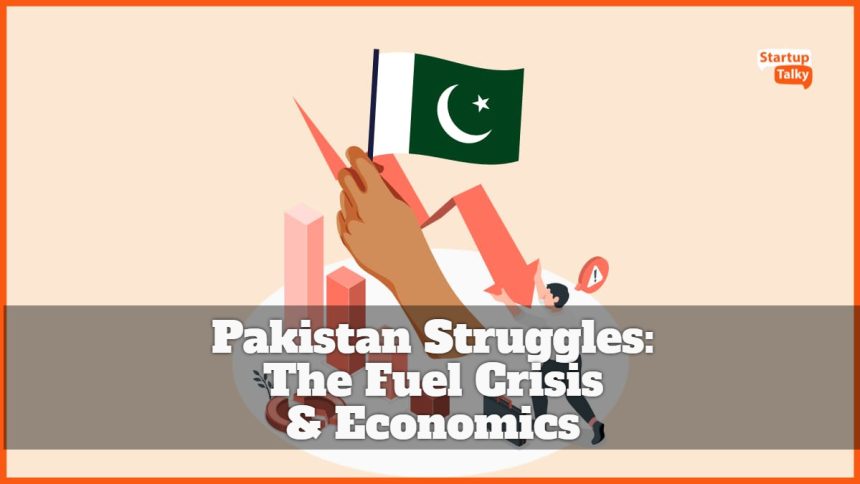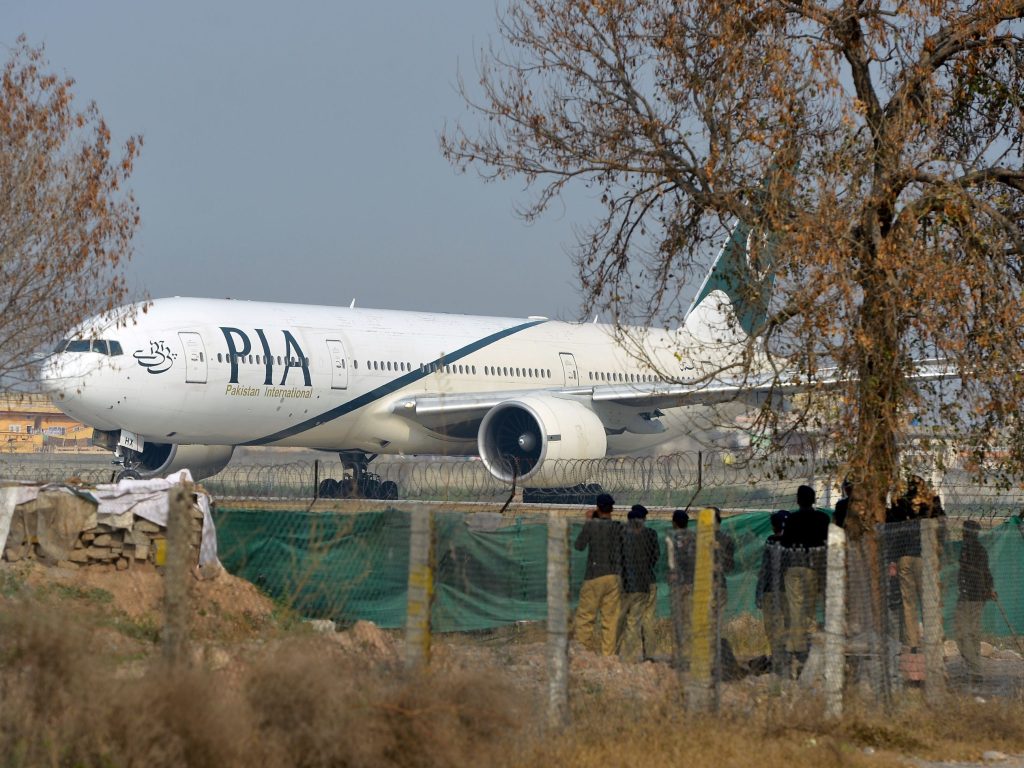Recently, Pakistan International Airlines (PIA), the country’s proud national carrier, found itself grappling with a dire crisis. This tumultuous turn of events necessitated the unfortunate cancellation of 48 flights, encompassing both domestic and international routes. The root causes? An acute and rather debilitating fuel shortage. However, the implications of this predicament extend far beyond the aviation industry. They cast a sobering light on the profound economic challenges confronting Pakistan. In the forthcoming discussion, we will thoroughly examine the complex tapestry of elements entwined in this situation. Also seeking a more profound comprehension of the crisis and its implications.
Fuel Shortage & Unpaid Dues: Pakistan Struggles
At the core of PIA’s woes lies a crippling fuel shortage, attributed to Pakistan State Oil (PSO) suspending fuel supply to the airline due to unpaid dues. PIA’s daily fuel requirement is a staggering Rs 100 million, a demand that the airline can’t meet as PSO insists on advance cash payments. Consequently, numerous flights have been canceled, and several others delayed, leaving passengers in a state of disarray.
Government’s Refusal to Extend Support
Adding to the airline’s struggles is the Pakistan government’s unwillingness to provide Rs 23 billion in support for operational expenses, despite PIA’s earnest pleas. This decision has further tightened the financial trap around the airline, which was already in a risky situation. The future of PIA remains uncertain and shrouded in doubt.
Economic Crisis & Political Uncertainty
The fuel shortage challenging PIA highlights a broader picture of the economic hardships Pakistan struggles with. A striking inflation rate, topping at a concerning 21.3% has troubled citizens with the challenge of making ends meet. Simultaneously, the Pakistani rupee has fallen rapidly, losing nearly half its value against the US dollar in the last year. Adding to the country’s foreign exchange reserves insecurely hovering around a mere $10 billion.
- Advertisement -
Fuel Price Hikes & Public Outcry: Pakistan Struggles
The economic turbulence in Pakistan is clearly reflected in the escalating fuel prices. In September, a milestone was reached as petrol and diesel prices exceeded Rs-300 threshold for the first time. The interim government, in response to market dynamics, implemented price adjustments, resulting in petrol reaching Rs 305.36 per liter and diesel reaching Rs 311.84 per liter. This fuel price surge ignited protests across the country, with people venting their frustrations by burning their electricity bills and confronting officials from power distribution companies. These demonstrations underscore the general public’s growing discontent with the economic situation.
In the first half of the year, the economic crisis compelled more than 800,000 individuals to leave the country, with a significant number of highly skilled professionals among them. This exodus vividly illustrates the unattractive conditions prevailing in Pakistan, encompassing issues like inflation, currency devaluation, surging fuel costs, and public demonstrations. As the country grapples with these intricate issues, it becomes ever more evident that a well-rounded strategy is crucial to reestablish economic stability and attend to the worries of its citizens.



